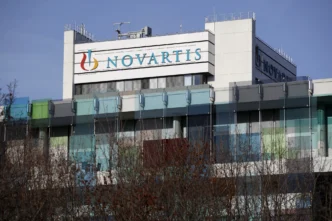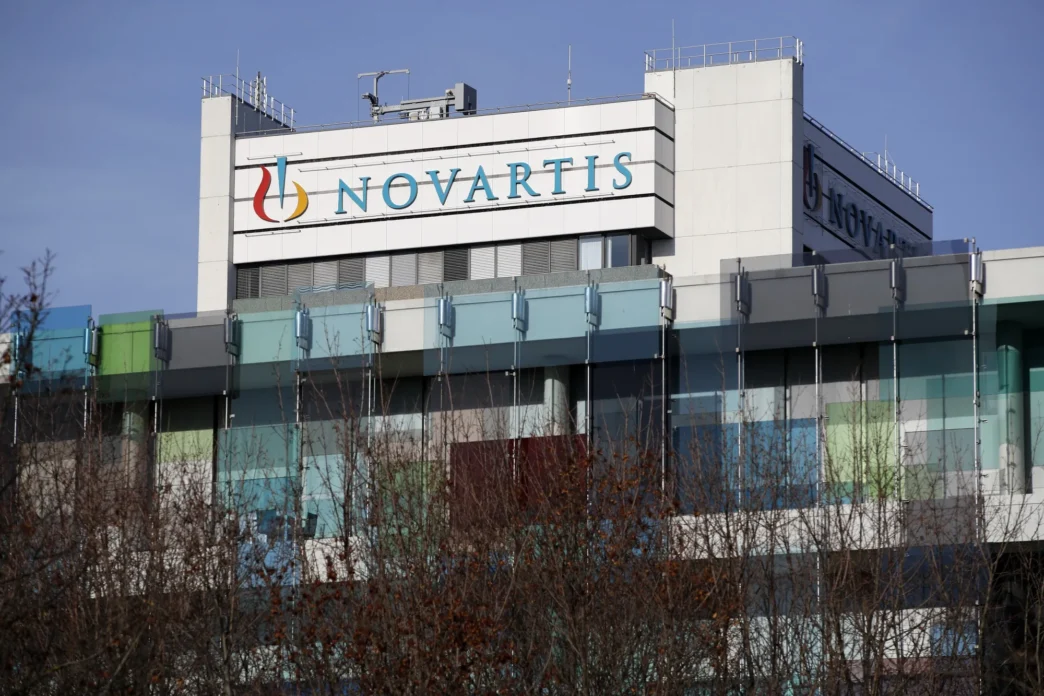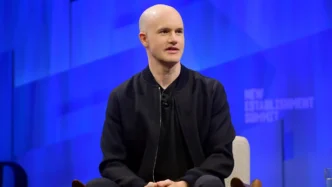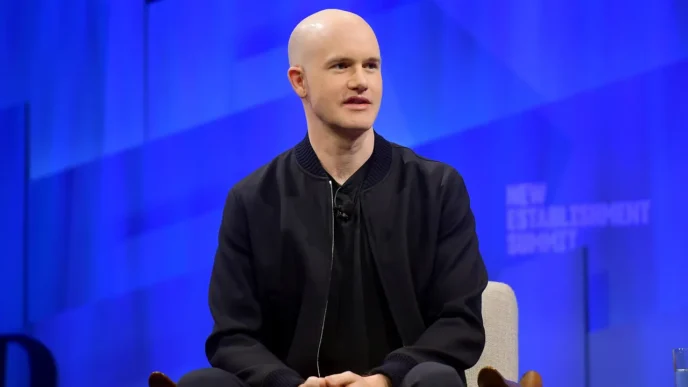In one of the largest biotechnology acquisitions of the year, Swiss pharmaceutical giant Novartis AG has agreed to acquire Avidity Biosciences Inc. in a $12 billion cash deal, a move that signals growing momentum behind RNA-based therapies as the next frontier of drug development.
The transaction, approved by both companies’ boards and expected to close in early 2026 pending regulatory review, marks a strategic gamble by Novartis to strengthen its muscle disease pipeline and expand its position in precision genetic medicine. The deal underscores a broader shift in big pharma strategy toward next-generation RNA delivery platforms once considered too experimental for large-scale investment.
A Bold Move Into RNA Therapeutics
Avidity, based in San Diego, has pioneered Antibody Oligonucleotide Conjugates (AOCs)—a new class of RNA therapeutics designed to target diseases inside muscle cells, something traditional RNA-based drugs have struggled to accomplish. The company has gained recognition for promising early clinical results targeting rare neuromuscular disorders.
For Novartis, the acquisition complements its history in genetic therapies following its purchases of AveXis in 2018 and Chinook Therapeutics in 2023. With Avidity, Novartis gains access to a clinical-stage RNA platform that could produce multiple blockbuster drugs over the next decade.
“RNA medicines are entering a new era,” Novartis Chief Executive Vas Narasimhan said in a statement. “Avidity’s breakthrough AOC platform gives us the ability to reach previously untreatable diseases.”
What’s in the Avidity Pipeline?
Avidity is currently advancing three clinical programs, all focused on rare muscle conditions with no approved therapies:
| Program | Disease Target | Status | Patient Need |
|---|---|---|---|
| AOC 1001 | Myotonic Dystrophy Type 1 (DM1) | Phase 1/2 | Severe neuromuscular decline |
| AOC 1044 | Duchenne Muscular Dystrophy (DMD) exon 44 | Phase 1/2 | Fatal muscle-wasting disease |
| AOC 1020 | Facioscapulohumeral Muscular Dystrophy (FSHD) | Phase 1/2 | Progressive muscle weakness |
The company also has over 15 preclinical programs targeting other genetic and neuromuscular disorders. Analysts say Novartis is not buying a single drug asset—but rather a platform with long-term scalability.
Why This Deal Matters
The acquisition is part of a growing wave of pharmaceutical consolidation driven by patent cliffs and intense competition in oncology and immunology. As big pharma firms seek new growth areas, rare disease therapies and genetic medicine have become high-priority assets.
The Novartis-Avidity deal echoes a trend of billion-dollar takeovers in the RNA space:
| Buyer | Target | Value | Year |
|---|---|---|---|
| Roche | Spark Therapeutics | $4.8B | 2019 |
| AstraZeneca | Neogene Therapeutics | $320M | 2022 |
| Lilly | Dicerna Pharmaceuticals | $2.4B | 2021 |
| Sanofi | Provention Bio | $2.9B | 2023 |
| Novartis | Avidity | $12B | 2025 |
With this acquisition, Novartis positions itself as a global leader in the next wave of RNA-based drug delivery, a market projected to exceed $50 billion by 2032.
Investor Reaction
Avidity’s shares surged more than 220% in pre-market trading following the announcement. Novartis shares were flat, signaling investor confidence in its acquisition strategy but skepticism on execution risk and regulatory timelines.
Wall Street analysts called the deal “expensive but visionary.”
“This acquisition shows Novartis wants to build a durable future in RNA medicine, not just license isolated assets,” said J.P. Morgan biotech analyst Ashley Woodward. “It’s high-risk, high-reward.”
Deal Structure
- Offer Price: Approximately $95 per share in cash
- Premium: Roughly 250% above Avidity’s 30-day trading average
- Funding: Combination of cash reserves and debt
- Closing Timeline: Expected by Q1 2026, pending antitrust clearance
- Integration: Avidity to operate as an independent Novartis subsidiary, retaining leadership and R&D campus in San Diego
Regulatory Outlook
The acquisition will face antitrust scrutiny in both the U.S. and Europe, where regulators have recently intensified reviews of big pharma consolidation. However, given Avidity has no commercialized products, analysts expect the deal to pass with minimal regulatory friction.
Strategic Implications for Novartis
This acquisition reinforces Novartis’s commitment to:
✅ Rare diseases
✅ Platform-based therapies
✅ Precision drug delivery
✅ Genetic neurology and muscle diseases
The move may also pressure other pharma firms to accelerate investments in RNA therapy platforms. Companies like Pfizer, Amgen, and Sanofi are now expected to evaluate similar deals to avoid falling behind in RNA-enabled drug delivery.
Looking Ahead
While the deal highlights the enthusiasm surrounding next-generation RNA therapeutics, it carries meaningful risk. Avidity’s programs are still early stage, and no AOC therapy has yet been approved. If clinical trials fail to replicate early results, Novartis could face investor backlash for overpaying.
Yet, the potential upside is transformative.
If successful, AOC medicines could:
- Enable treatment of hundreds of genetic diseases
- Open new delivery routes for RNA therapies
- Redefine neuromuscular drug development
- Create multiple multi-billion-dollar franchises
Conclusion
The $12 billion acquisition of Avidity by Novartis marks a pivotal moment in biotech. It’s a strategic bet on the future of RNA medicine—a move that could either secure Novartis’s position at the cutting edge of rare disease therapy or become a costly reminder of biotech volatility.
For now, the deal signals one message clearly:
Big Pharma believes the next revolution in medicine will be written in RNA.
















